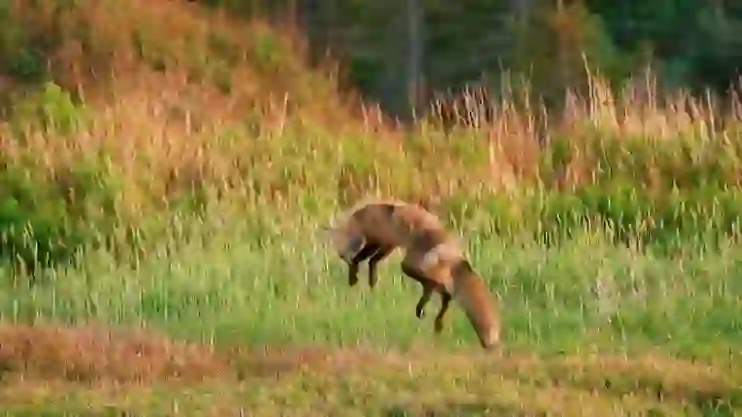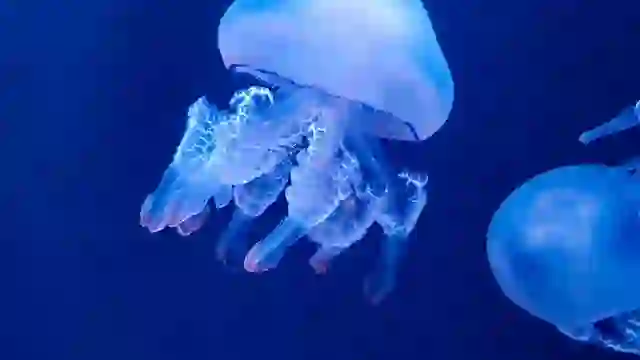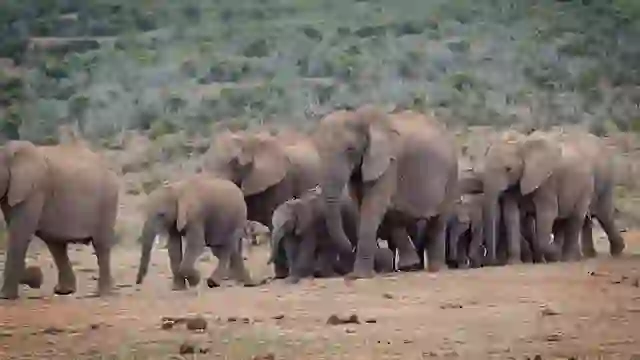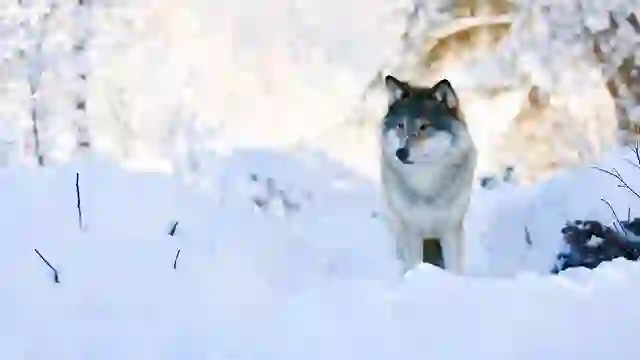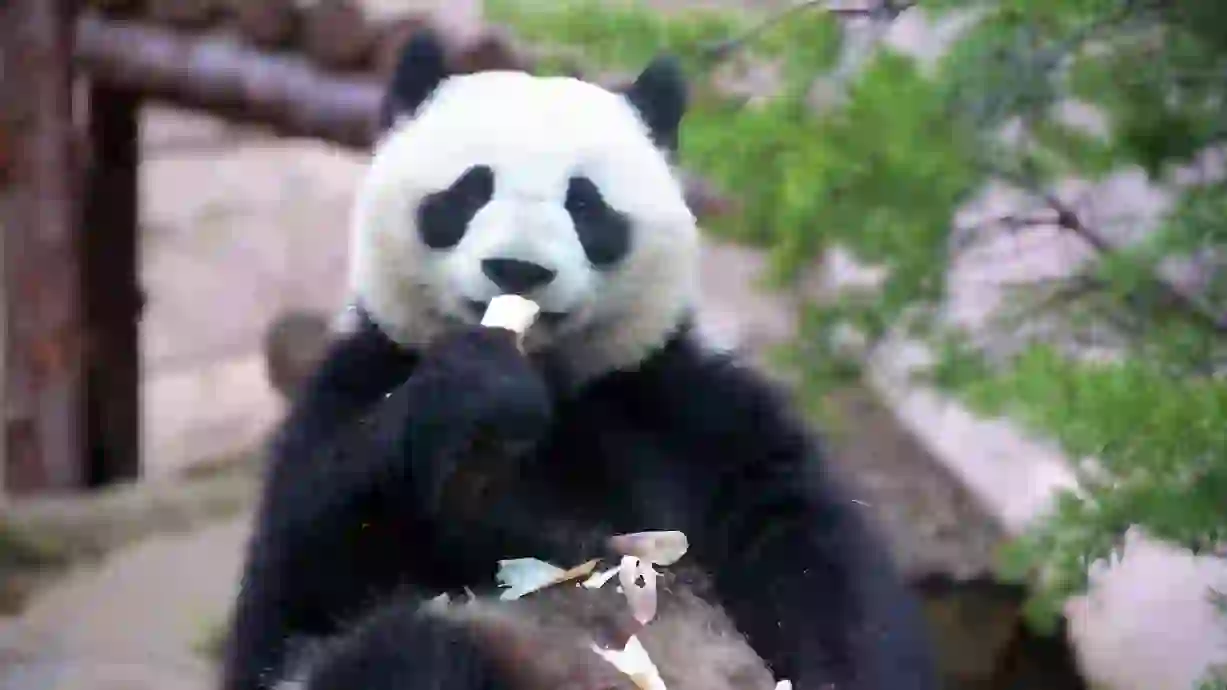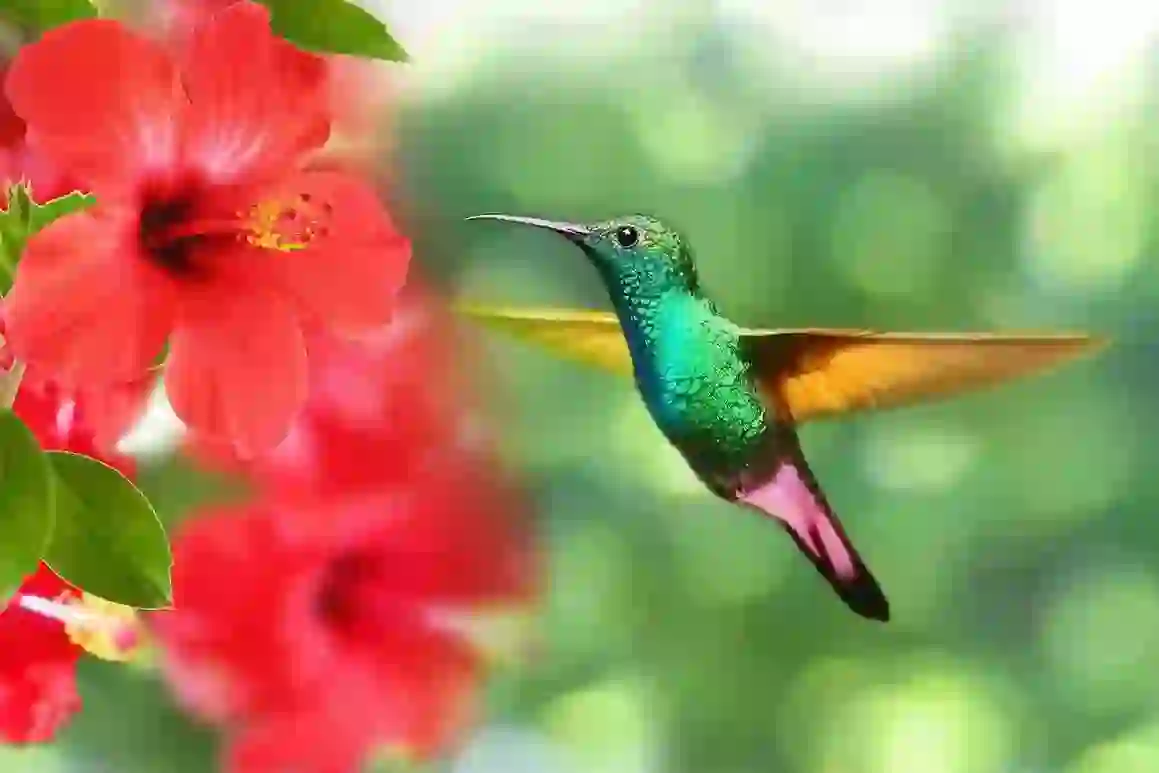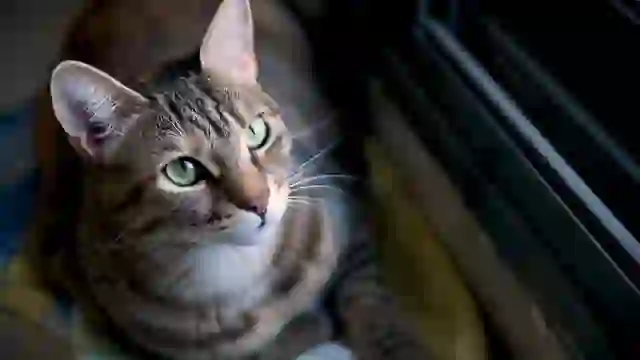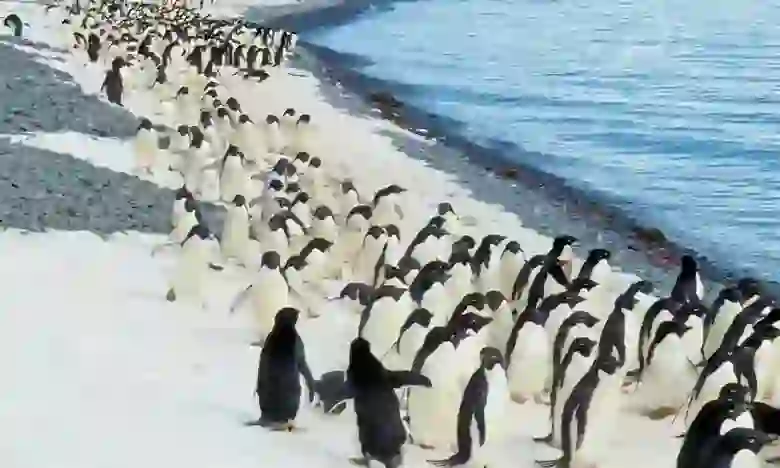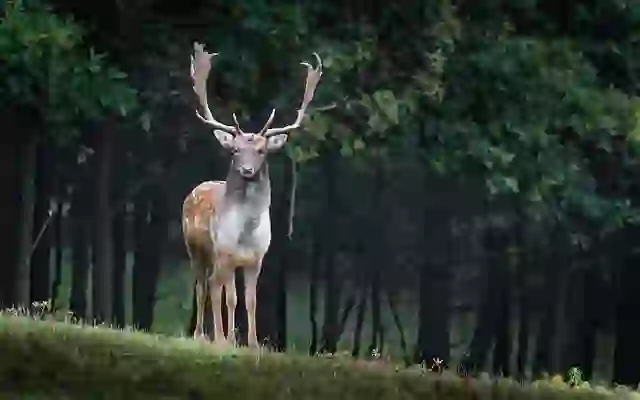
Western Garlic Toad
Western Garlic Toad
Western Garlic Toad
The Western Garlic Toad, found in the Iberian Peninsula, is known for its burrowing habits and the garlic-like odor it emits when threatened. Let's explore the unique ecology of this intriguing frog!
Western Garlic Toad Basic Infomation
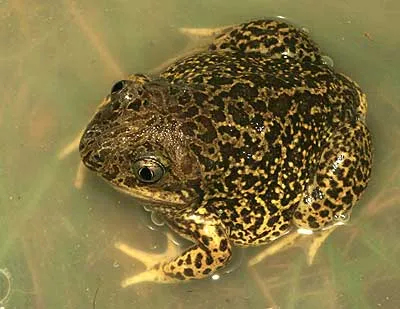
| Property | Value |
|---|---|
| Scientific Name | Pelobates cultripes |
| Taxonomic Status | SPECIES |
| Rank | Species |
| Vernacular Names | western spadefoot, Iberian spadefoot toad, Spanish spadefoot toad, Wagler's spadefoot toad |
| Kingdom | Animalia |
| Phylum | Chordata |
| Class | Amphibia |
| Order | Anura |
| Family | Pelobatidae |
| Genus | Pelobates |

The Western Garlic Toad ( *Pelobates cultripes* ) is a frog species belonging to the genus Pelobates in the family Pelobatidae, found in the Iberian Peninsula (Spain and Portugal).
They are about 6-10 cm long and have a stocky build.
Their back is gray or brown, blending in with the color of the soil.
Their belly is whitish and may have gray or black spots.
Western Garlic Toad Q&A

What kind of frog is the Western Garlic Toad?
The Western Garlic Toad, as its name suggests, emits a garlic-like odor when threatened.
They release a garlic-scented secretion from their skin to deter predators.
They are also expert burrowers, spending most of their time underground.
They are nocturnal, emerging at night to hunt for insects and earthworms.

Why does the Western Garlic Toad emit a garlic odor?
The Western Garlic Toad emits a garlic odor as a defense mechanism.
The smell is unpleasant to many animals, making predators hesitant to attack.
The odor can also travel long distances, allowing them to detect approaching predators early.
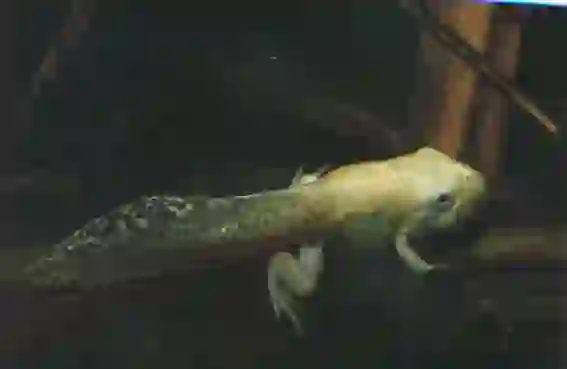
Where do Western Garlic Toads live?
Western Garlic Toads inhabit various environments in the Iberian Peninsula, including forests, grasslands, and agricultural fields, but prefer areas with loose soil.
They use their powerful hind legs to dig burrows in the ground, where they spend most of their time.
They also hibernate underground during the winter.
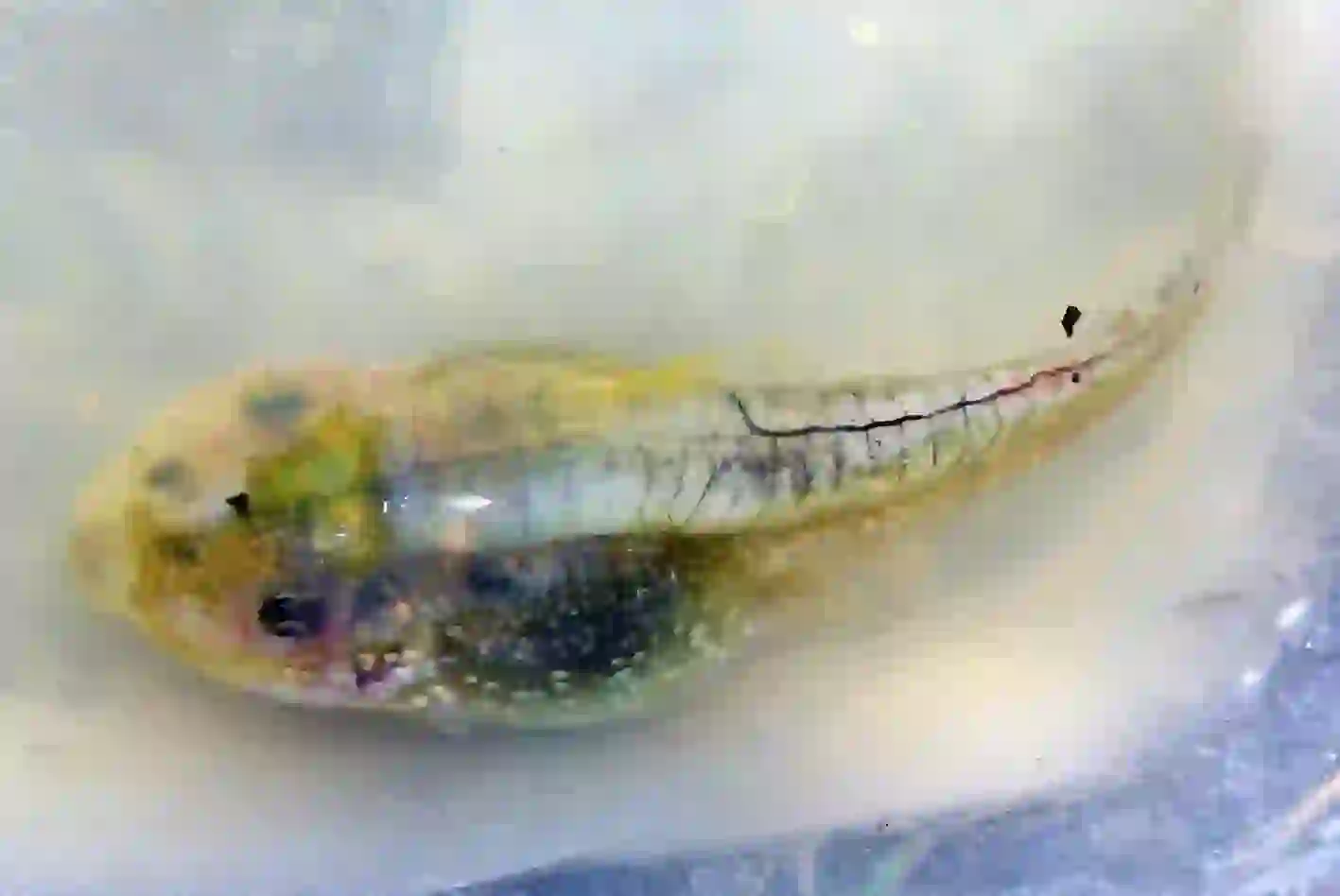
What do Western Garlic Toads eat?
Western Garlic Toads are carnivorous, feeding on insects, earthworms, spiders, and slugs.
They are nocturnal, emerging at night to hunt for food.
They swallow their prey whole with their large mouths.
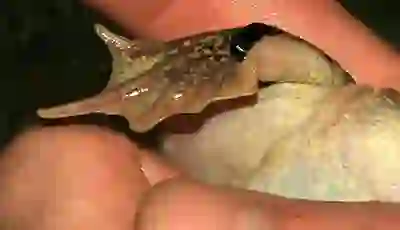
How do Western Garlic Toads reproduce?
The breeding season for Western Garlic Toads is from autumn to spring.
Males attract females with a low, croaking call, similar to "koo, koo," underwater.
Females lay long strings of eggs in the water, containing hundreds to thousands of eggs.
The eggs hatch within a few days, releasing tadpoles.
Tadpoles live in water and eventually undergo metamorphosis to become adults.

Would you like to become a part of the 'Animalbook.jp'?
Turn your knowledge into Q&A and share it with the world. ※Publication will be activated after purchase. Let's share information together!
Western Garlic Toad Type of List

- Western Garlic Toad
Information
Congratulations! You are the first commenter!

Create Your Favorite List!
Western Garlic Toad
Save the animals you love! Build your own list to quickly revisit your favorites later.

Would you like to leave a comment?
※Please note: This is for the purchase of rights to post comments within the article.
Find Your Favorites!
Our shop offers a unique and attractive selection of goods themed around various animals.
Western Garlic Toad References
Western Garlic Toad Introduction of media used

Photo Jean-Laurent HentzJean-Laurent Hentz at fr.wikipedia, CC BY-SA 1.0, via Wikimedia Commons

Franco Andreone - see authorization, CC BY-SA 2.5, via Wikimedia Commons

Franco Andreone - see authorization, CC BY-SA 2.5, via Wikimedia Commons

David Perez, CC BY 3.0, via Wikimedia Commons

Photo Jean-Laurent Hentz.The original uploader was Jean-Laurent Hentz at French Wikipedia., CC BY-SA 1.0, via Wikimedia Commons

Help Enrich Our Animalbook.jp with Your Media!
We are constantly looking to expand and enrich our Animalbook.jp with amazing photos and videos of animals. If you have any media that you'd like to share, please contribute and help us showcase the beauty and diversity of the animal kingdom. Your submissions will be credited and featured in our encyclopedia, reaching a wide audience of animal lovers.



